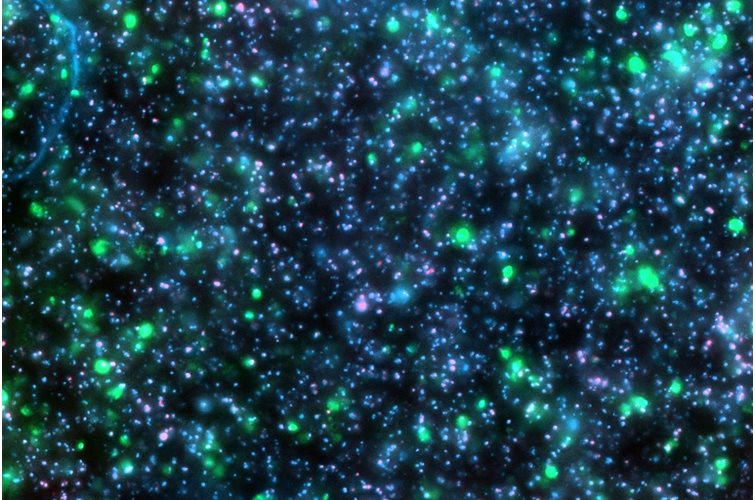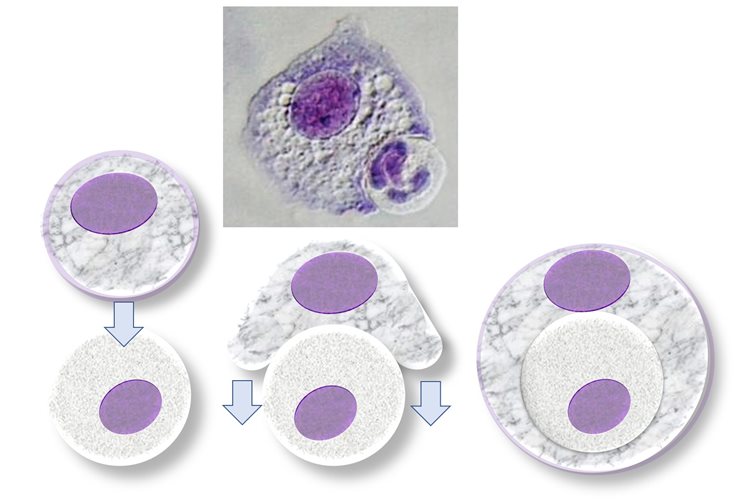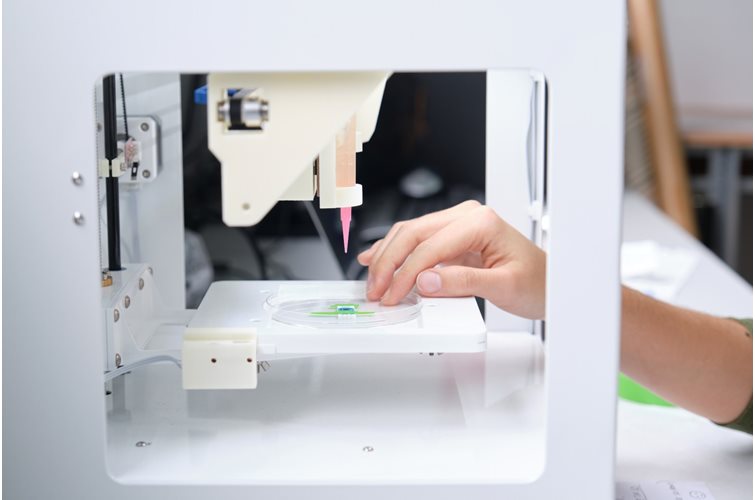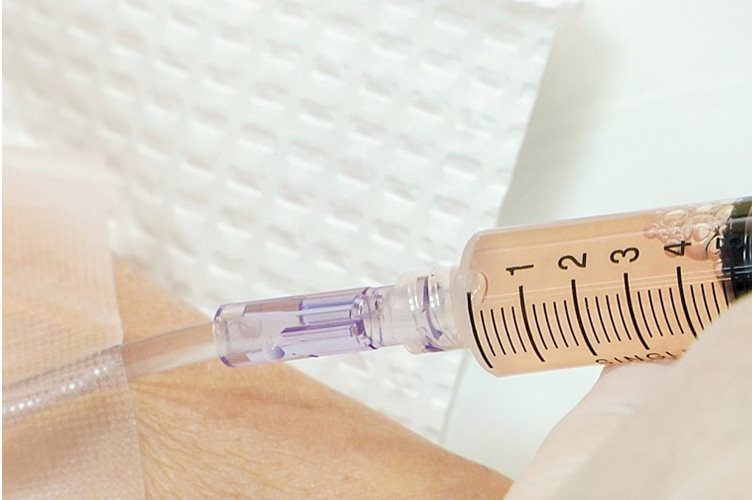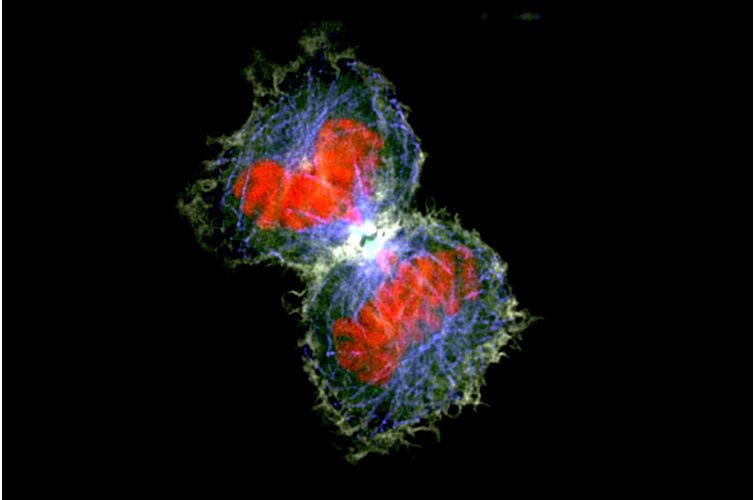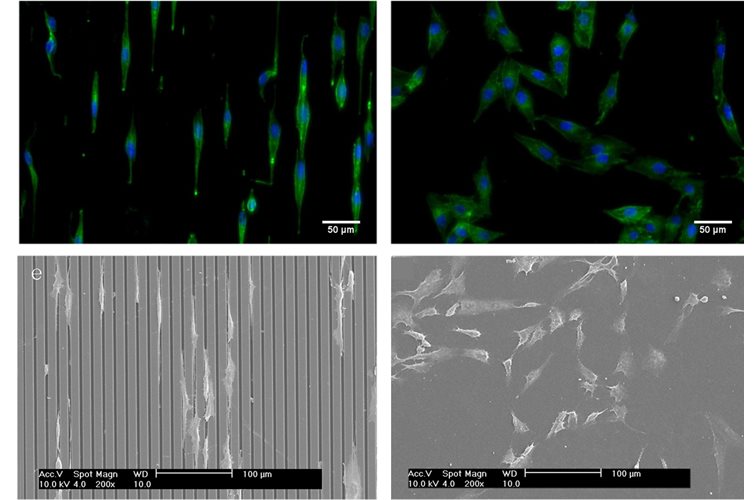Cultured insect cells: making insects palatable

By 2050, the world population is expected to exceed nine billion, putting future global food security at risk. Animal-based food production contributes significantly to climate change. Although plant-based foods have a much lower environmental footprint than their counterparts, they do not satisfy everyone’s tastes or nutritional requirements. In this instance, switching towards an insect-based diet might just be the sustainable option we need to address food insecurities while also being greener on the planet.

